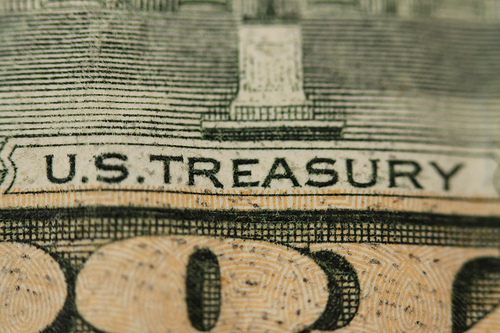Whither post-taper interest rates?
The fact is that nobody knows anything. Quantitative easing will taper off, but some say rates will remain relatively low. Others equate a liquidity reduction with escalating rates. It’ll happen real soon. Or it will happen in June. Or it might happen early in the first quarter. Or maybe in March.
That there is such broad uncertainty about “Life After Taper” isn’t an insignificant matter, because if nobody knows when and to what extent it will occur then some will have guessed right, but everyone else will be surprised — and wrong. Guessing is mere gambling, not investing. And surprised investors become panicked investors who typically make very bad decisions.
Thus, what we know is that it is coming and that nobody knows when. But based on recent history we can proffer some reasonable possibilities.
If interest rates were to rise modestly — say, up to 3.5% for the 10-year Treasury note during 2014 — and then stabilize, we might thereupon expect bond prices to correspondingly dip and then level off for a while. This could delight stock investors who dismiss it as the natural result of an improving economy and corporate profits.
Bond investors would be less enthused, though somewhat relieved that rates didn’t reflexively shoot through the roof. Still, depending on the respective durations of their holdings, bondholders could find themselves merely treading water, at best, due to still low rates. And they’d retain the worry of a painful decline in bond values as, sooner or later, rising rates accompany an improving economy. That could be an interminable, agonizing slog.
Remember, the most recent long-term trend in interest rates lasted three decades. It was an upward trend, but the next secular one will be in the other direction.
Of course, the economy, which has recently shown fits and starts of a possible upturn, could abruptly blast off, spurring the Fed to totally plug the liquidity spigot. Rates might then rise unabated. While unlikely, that scenario is on the table.
But nobody knows. And that is why bond managers, who really have no other choice, are roundly touting their timing skills. While acknowledging the inevitability of tapering, they assure their respective investors that they, and only they, will be able to see the whites of Janet Yellen’s eyes in time to outflank her.
I don’t buy it. They sure didn’t outmaneuver Ben Bernanke last May, and his was a mere head fake. Within days of the chairman’s taper murmurings, bond funds began to sag. Of course, it turned out to be a nonevent, but neither bond rates nor prices have returned to their May levels.
The coming one-way direction of rates makes this a particularly critical moment. There are a lot of Pollyannas out there. I’m a card-carrying Cassandra. Investor sentiment, no doubt influenced by a 30% year-to-date stock market rise, is very high. That is a red flag. Such optimism is normally attended by complacency and an inclination to ignore even highly likely, near-term events.
And the daily apologias, oh my: We’re hearing abstruse distinctions between “tapering” and “tightening,” as if they were discrete elements in a sure mathematical theorem that determines absolute market outcomes. Such semantic gymnastics are surely a warning.
History informs that times such as these aren’t favorable to the complacent. The time to avoid disaster is before it occurs. Now is a time to play defense.
For bond investors, that means it is time to completely eliminate interest-rate risk, even if rates shan’t rise at all for a few months. Why? Because trying to time it is too difficult. Oh, fund managers will tell you they’ll be able to time it right up to the last millisecond. But they can’t.
For purposes of income, it is better to take more credit risk now than rate risk, so I’m OK with (judiciously) going farther out on the yield curve at the expense of credit quality. Besides, any given underlying security’s default risk will soon terminate if you keep your durations short.
Therefore, in both my personal and managed portfolio, I have jettisoned all long-duration fixed-income funds, in favor of low-duration funds like PowerShares Senior Loan Portfolio (BKLN) and Guggenheim BulletShares 2014 High Yield Corporate Bond ETF (BSJE). Both have short overall maturities and yields in the 3%-4% area. I personally continue to believe that is a rewarding way to play defense if rates rise.
Photo Credit: Gamma Man
DISCLAIMER: The investments discussed are held in client accounts as of November 30, 2013. These investments may or may not be currently held in client accounts. The reader should not assume that any investments identified were or will be profitable or that any investment recommendations or investment decisions we make in the future will be profitable. Past performance is no guarantee of future results.




